Remain organized and productive with our Taxidermy work Order Forms catalog. Easily monitor your document progress with DocHub's activity log.

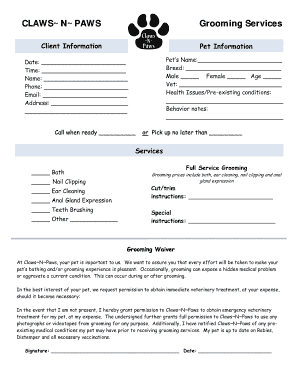
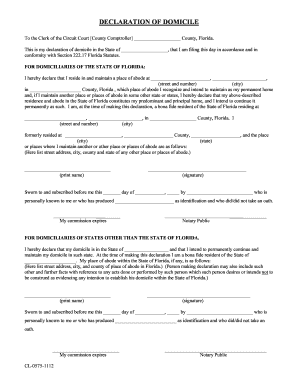
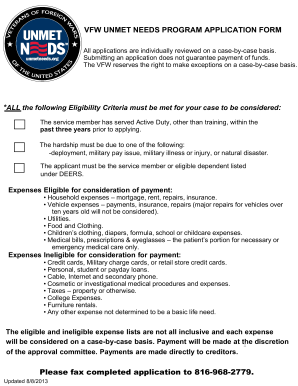
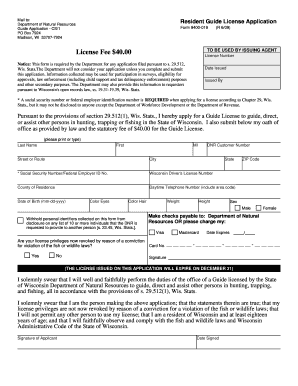
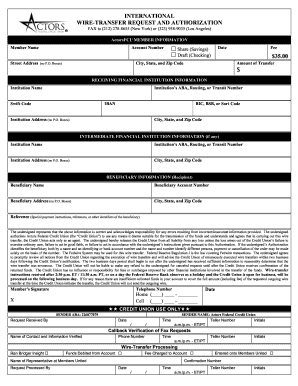
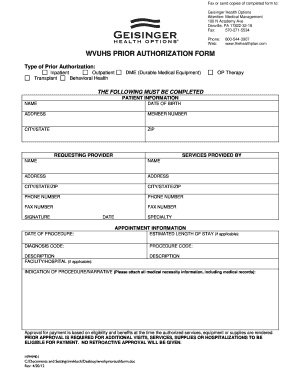
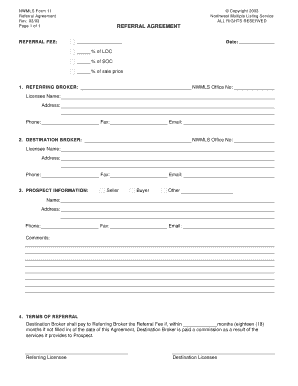
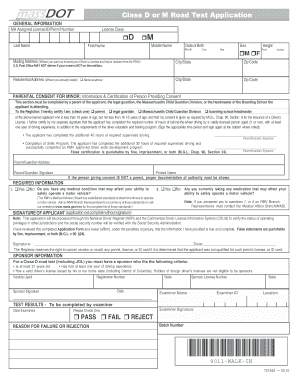
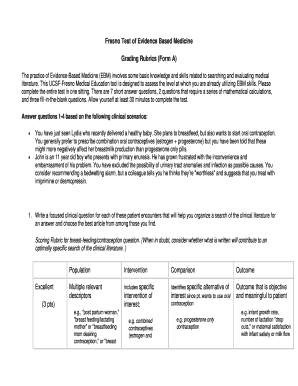
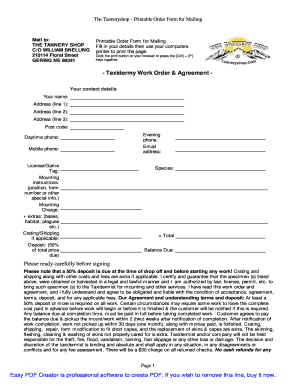


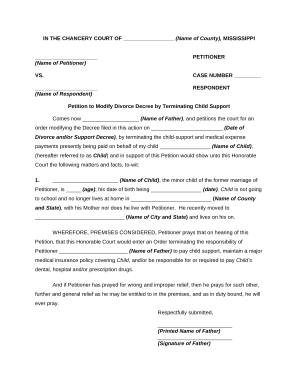
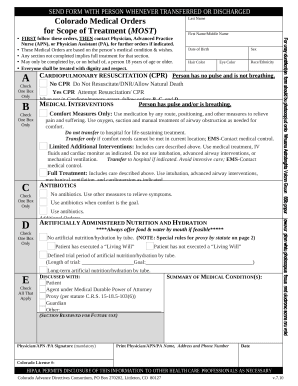
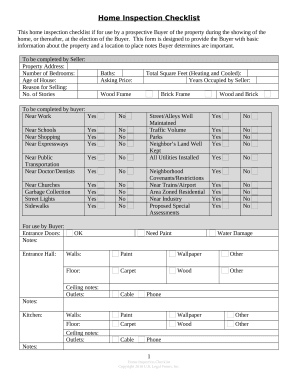
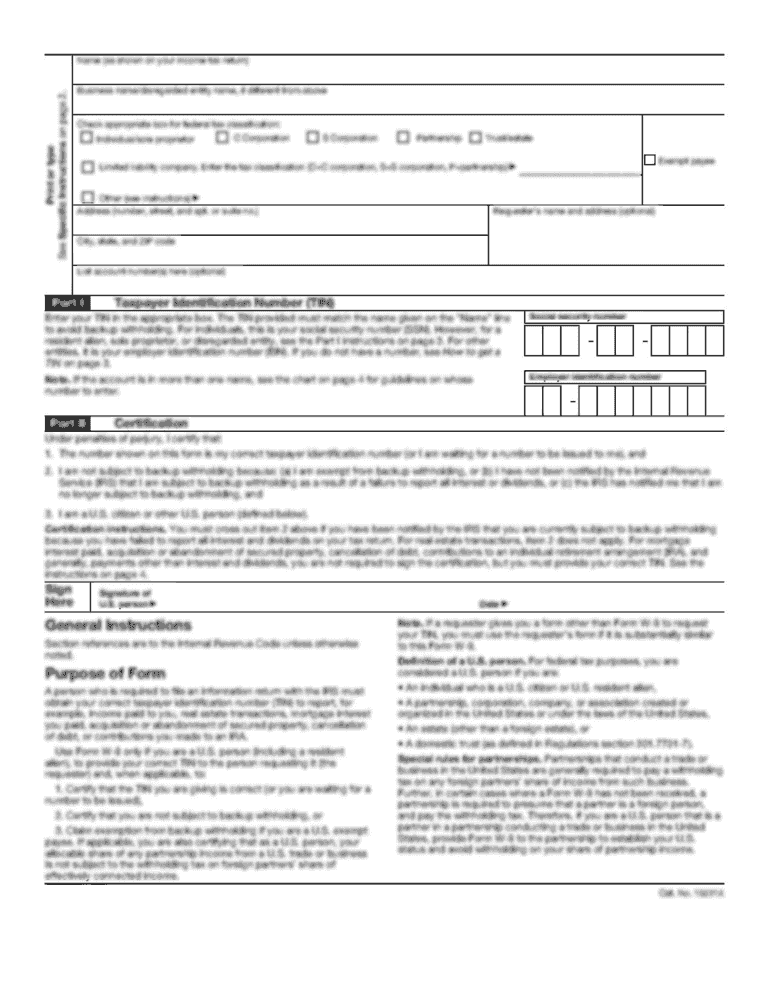




Document administration can overwhelm you when you can’t locate all of the documents you need. Fortunately, with DocHub's vast form categories, you can get all you need and easily deal with it without the need of changing between apps. Get our Taxidermy work Order Forms and start working with them.
The best way to manage our Taxidermy work Order Forms using these easy steps:
Try out DocHub and browse our Taxidermy work Order Forms category with ease. Get a free profile today!